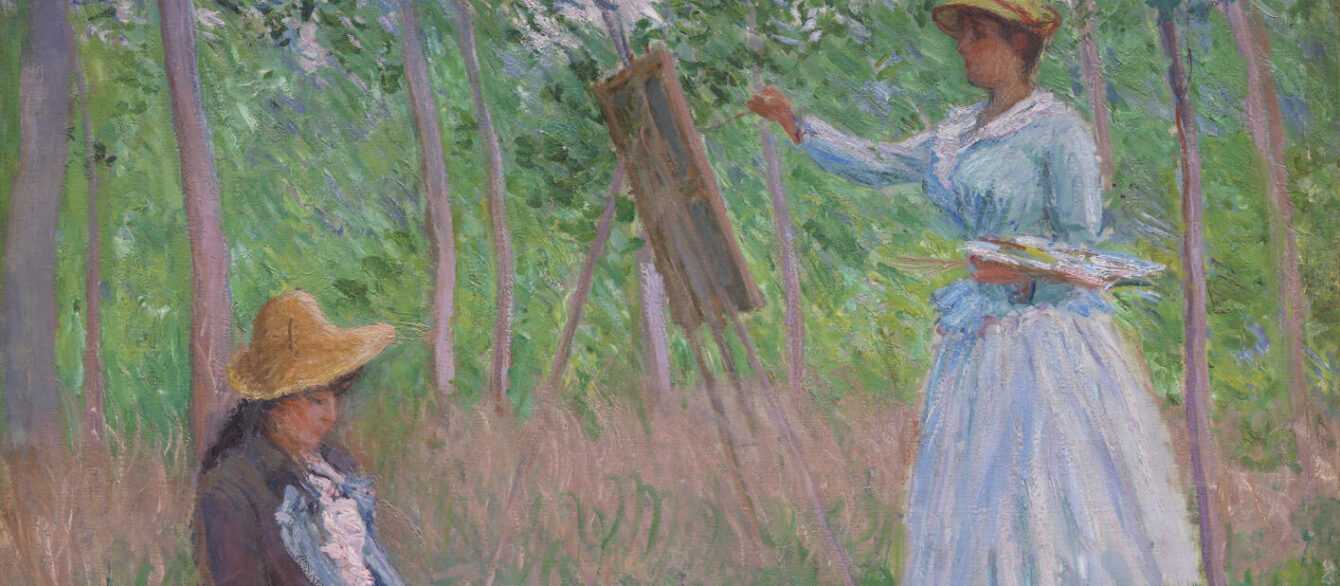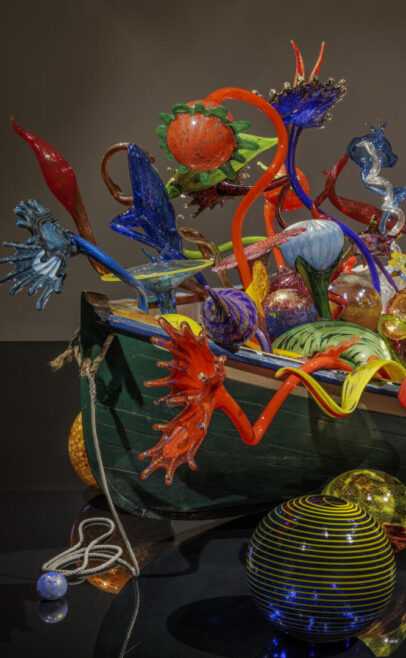Two sessions: July 27 and August 3 | 5:30-7:30 pm
Registration is $28 for members and $36 for non-members.
In conjunction with the exhibition True Nature: Rodin and the Age of Impressionism, this class will explore how to look at the sculptures of Auguste Rodin and the work of his Impressionist contemporaries like Monet and Degas. We will discuss why Rodin and his peers were considered groundbreaking radicals in the nineteenth-century art world and how their work paved the way for modern art of the twentieth century. In addition to the art historical context, this practical class will also offer participants the tools to analyze and decipher these works of art.
This four-hour class will convene over two sessions. Registration is limited.
About the Exhibition
True Nature: Rodin and the Age of Impressionism is a major exhibition on sculptor Auguste Rodin, organized by the Los Angeles County Museum of Art. Recognized as one of the greatest sculptors since the Renaissance, Rodin pioneered an approach to his art that aimed not only to capture the physicality of his subjects but also their psychology. Organized thematically, True Nature: Rodin and the Age of Impressionism delves into the Classical influences on Rodin’s sculpture, the artist’s focus on portraiture, and his exploration of movement and the human body.
The over 60 works by Rodin in the exhibition are contextualized by additional works by his fellow Impressionists, including Claude Monet, Pierre-Auguste Renoir, Camille Pissarro, Edgar Degas, and Paul Cézanne. Curated by Leah Lehmbeck and drawing entirely from LACMA’s collection, True Nature features not only sculptures (in both bronze and marble), but also paintings, prints, and photography by Rodin and his contemporaries. In all, the 100 works of art in the exhibition tell a rich story of Rodin’s sculpture and its place in fin-de-siècle France.
Image Credit: Claude Monet, In the Woods at Giverny: Blanche Hoschedé at Her Easel with Suzanne Hoschedé Reading (detail), 1887, Los Angeles County Museum of Art, Mr. and Mrs. George Gard De Sylva Collection, photo © Museum Associates/LACMA









